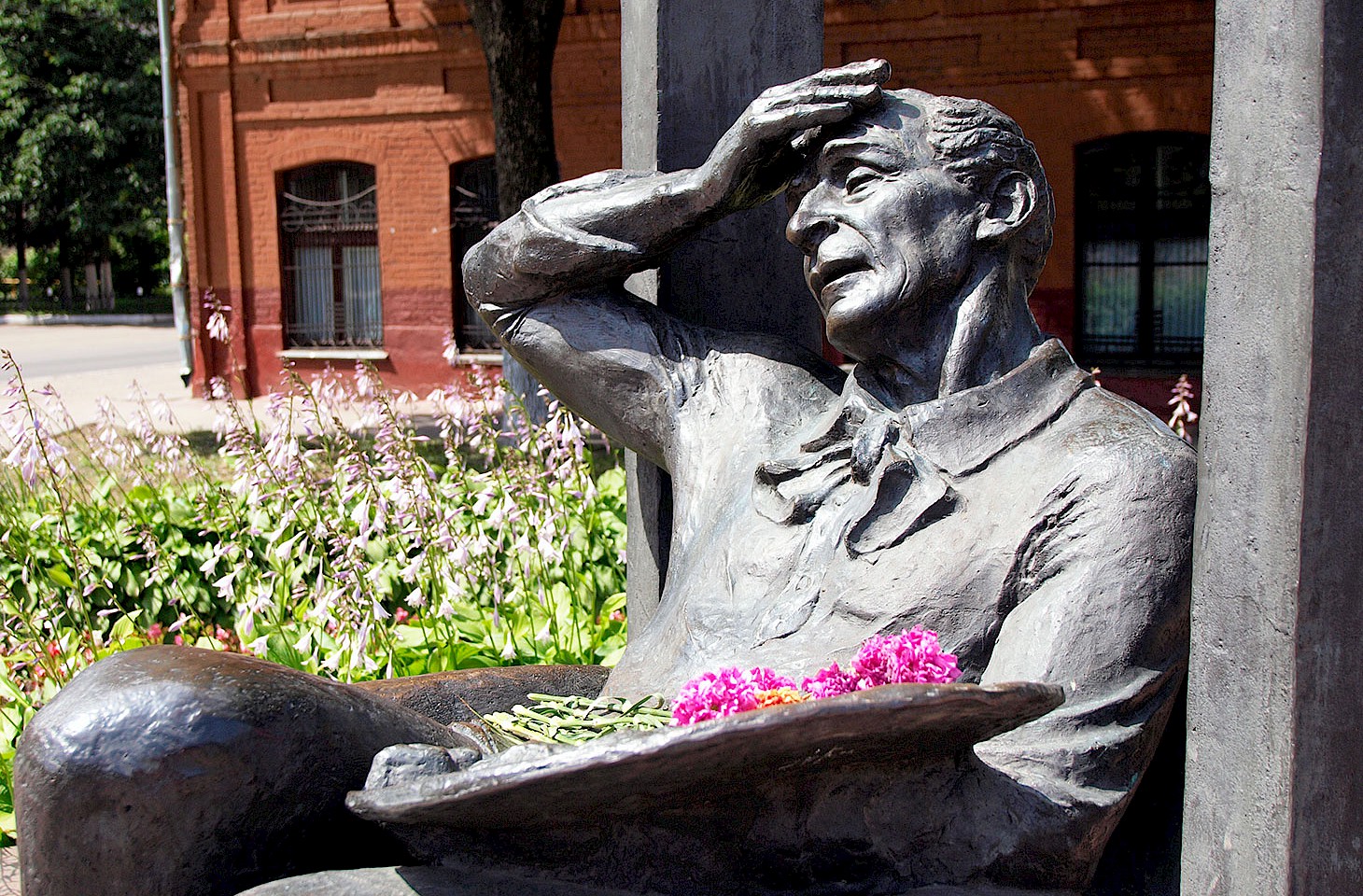We follow the folds in the landscape, keeping the hills to our left. During that happy summer interlude in 2020, when the COVID clouds all too briefly receded, it was possible to head out and explore. So here we are in southern Poland, dodging thunderstorms and enjoying a rare sense of freedom. We slip through Dzierzoniów which, with its neat square, is one of those immediately likeable small Silesian towns.
Everywhere in this region has its hidden history. And Dzierzoniów is no exception. There was a spell, after the Second World War, when Germans remaining in Dzieroniów were obliged to wear white armbands and doff their caps when they met Jewish residents in the street. In an eerie reversal of Nazi etiquette, it was the Germans who walked in the gutter. The short-lived attempt to create an autonomous micro-homeland for the Jewish people (a yishuv) propelled Dzierzoniów to unlikely prominence as a Polish Jerusalem. But the experiment failed, its main protagonist was imprisoned by the Polish authorities, and the settlers emigrated, many of them finding new homes and lives in Israel.
A bank of cloud over the Owl Mountains away to port, as we play cat and mouse with the tiny River Piława, criss-crossing it several times, and cresting a gentle ridge to drop down into the Lesk Valley. We too are in search of a Jerusalem. And the clue is in the name of a river.


